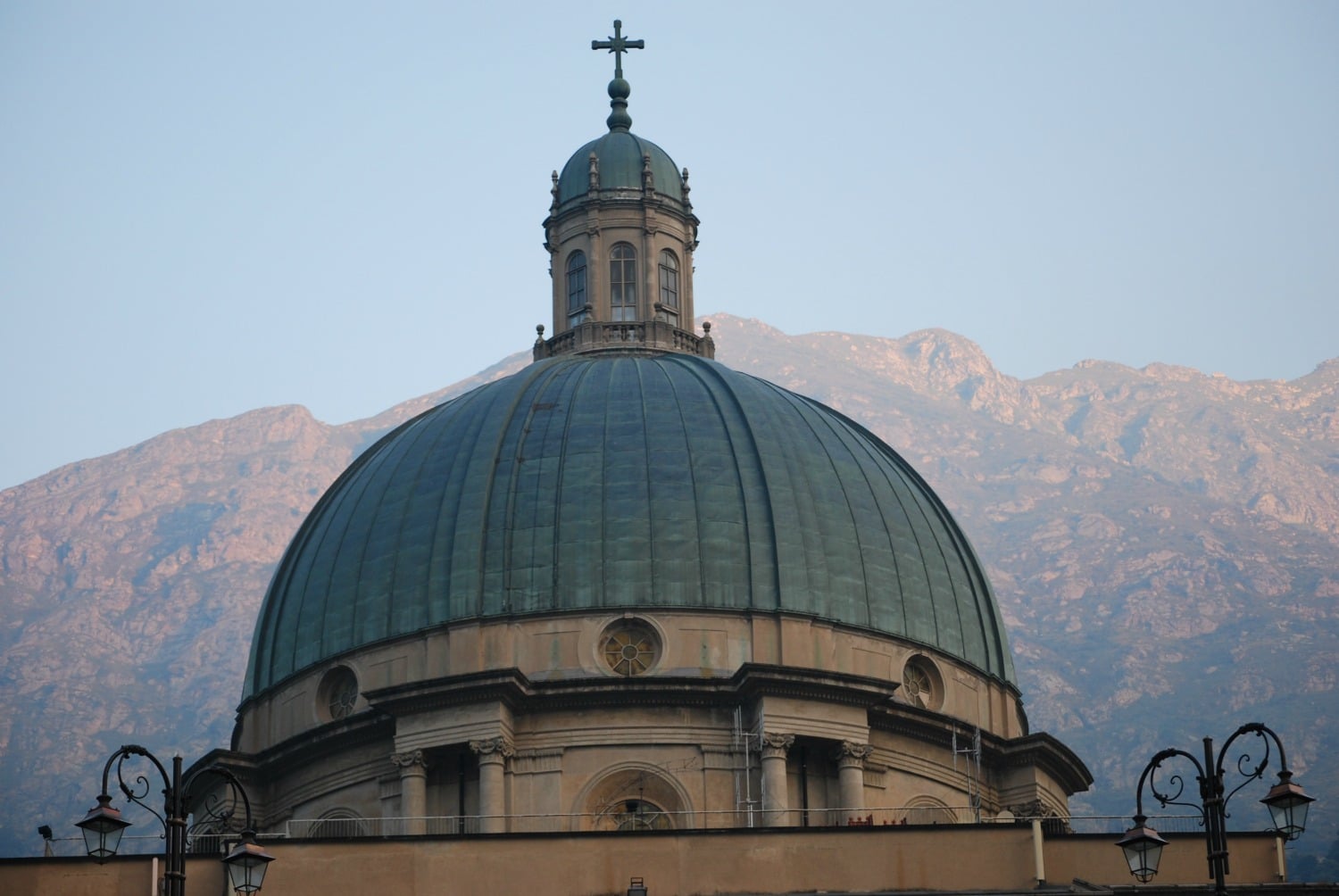When dreaming about Italy, the magnificent cities of Rome, Venice and Florence usually come to mind. Of course, Tuscany is a must see too. But I wanted to get off the well-worn tourist path and explore beyond those bucket list spots. Nestled in the shadow of the Alps, I found the Piedmont region rich in architecture, cuisine and culture. Beautiful Turin, the region’s capital city, lies in this less-traveled northwestern corner of Italy. Today, Turin has more than 80 museums, numerous royal palaces and a significant spiritual dimension. And in the nearby province of Biella, with a town by the same name, an ancient sanctuary remains a haven of peace.
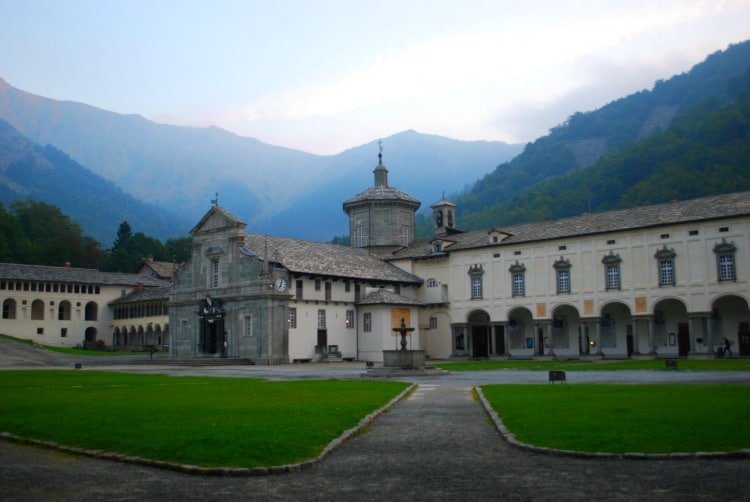
Discovering Turin
Turin was settled in the 3rd-century B.C. when farming Celtic tribes traveled to the River Po. As Italy’s first capital, it became home to the Savoy dynasty whose opulent royal residences still stand. One piazza after another was filled with architectural masterpieces ranging from the gorgeous Baroque buildings in the Piazza San Carlo and Piazza Castello to Piazza della Repubblica, the largest open-air market in Europe. Still standing are a portion of the first-century Roman gate and towers, as well as the elaborate Church of San Lorenzo and the Gothic Pinerolo cathedral. Built for the Universal Exhibition in 1884 on the banks of the river Po, the reconstructed Medieval Village is typical of others in Piedmont.
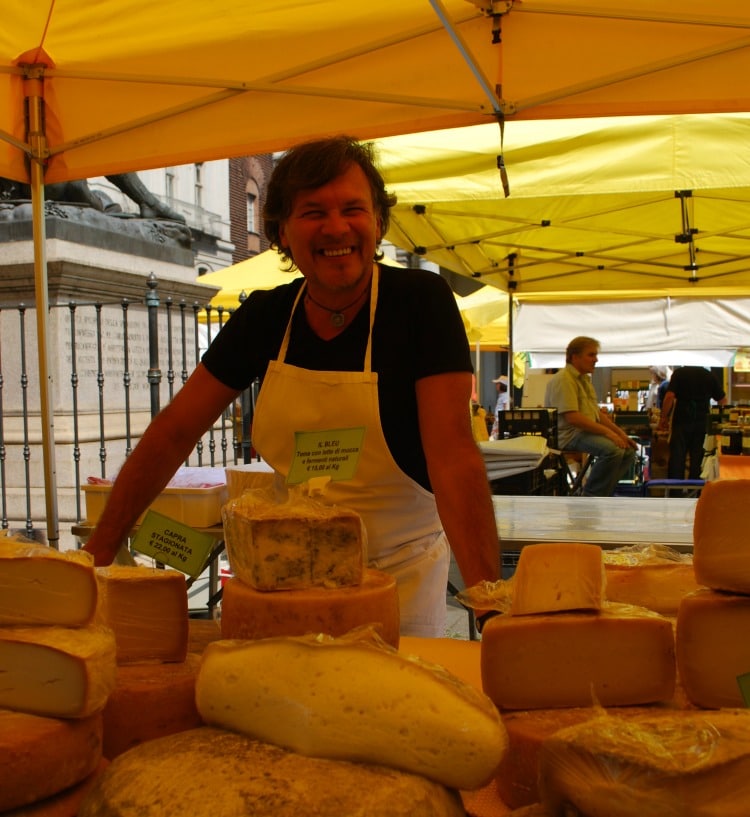
One of the most memorable stops in the city was a former Jewish synagogue with a spire towering 167 meters high, which now houses The National Museum of Cinema. Against a dramatic interior of red, black and white, its collection spans several levels displayed around a dizzying atrium. From some of the first movies made to memorabilia from modern day films like “Jaws” and “Star Wars,” the collection was impressive. It’s a place where movie buffs can park for hours on red loungers in the atrium and watch movie clips on gargantuan screens.
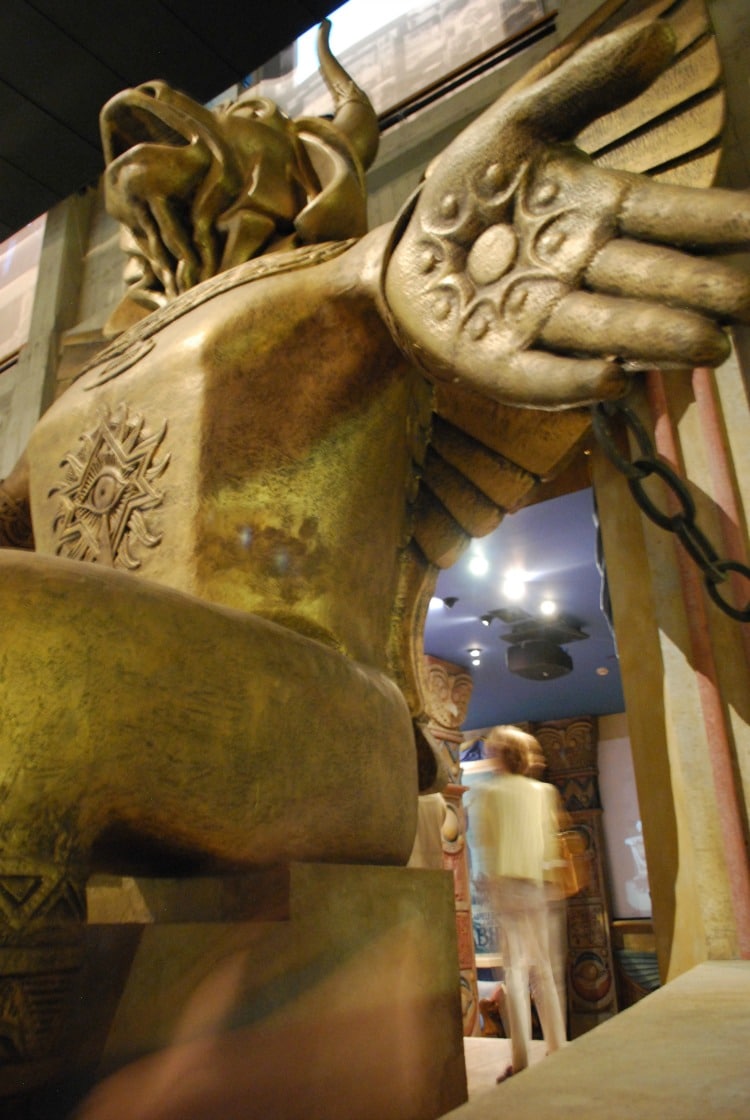
Chocolate Tasting is Serious Business
Chocolate tasting has always been serious business in Turin. Considered by many the world’s chocolate capital, the city’s residents invented hot chocolate and the chocolate bar. A word of caution – the Bicerin can easily become addictive! This blissful concoction layers coffee, hot chocolate and fresh cream. At a sidewalk table outside Caffè Al Bicerin, where it’s been served since the 18th century, we sipped and savored every drop. An Italian acquaintance that I’d met remarked, “First you have the bitter of the coffee and then the sweet of the chocolate. The lips are protected by the fresh milk.”
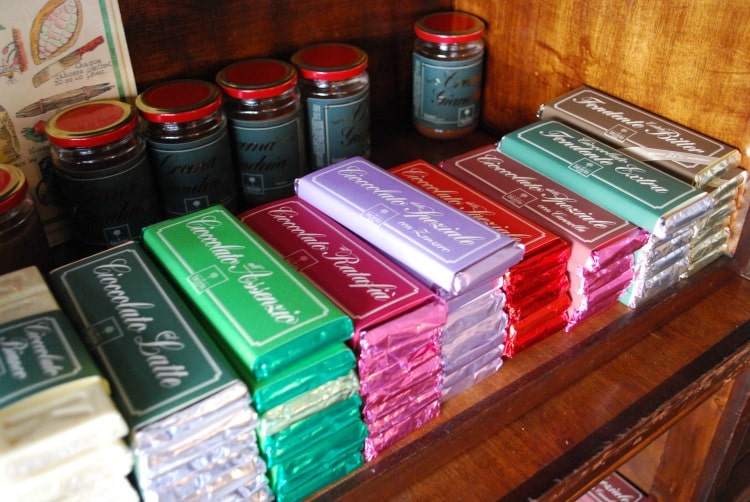
Chocolate making began in Italy in the late 1600s. And Turin is filled with renowned chocolatiers. I spent an afternoon stopping and sampling at artisan shops and barely scratched the surface. Most impressive is Turin’s famous Gianduiotto chocolate that came about when a cocoa shortage resulted from the Napoleonic blockade. Chocolate artisan Paul Caffarel replaced some of the cocoa with crushed, local hazelnuts and introduced it during the 1865 carnival – and Turin’s most renowned chocolate was born.
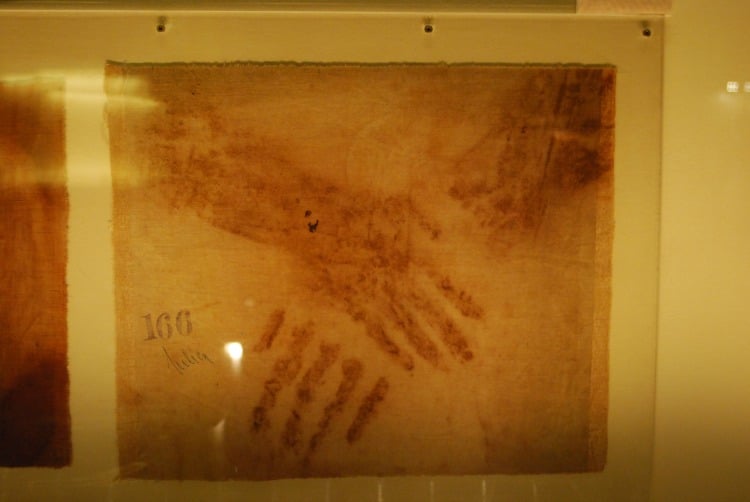
In Search of the Holy Shroud
Equally fascinating in a whole different dimension, the Cathedral of San Giovanni houses the Chapel of the Holy Shroud, where the relic is kept behind glass in a coffin-like box protected from light. I was disappointed when I realized it wasn’t visible. But my curiosity was satisfied at the Museum of the Holy Shroud. This tiny museum is jam-packed with fascinating research on the shroud, much of it conducted by NASA. And it exhibits an exact replica.
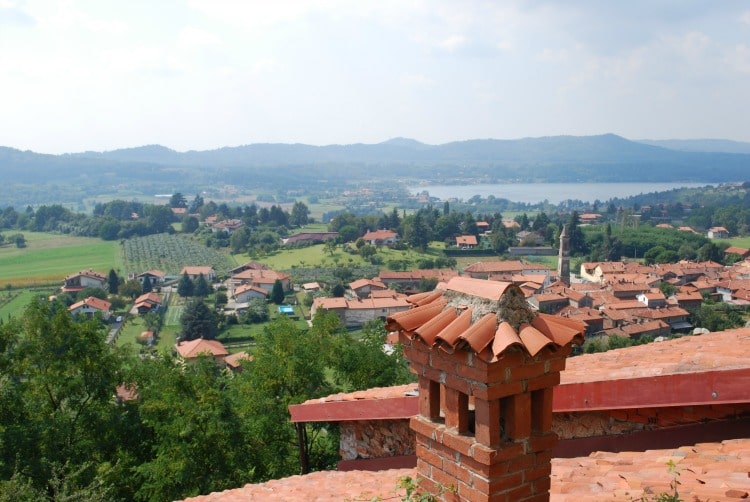
A Castle on the Lake
Overlooking Verona Lake with amazing views, the 19th-century castle known as Enoteca Regional della Serra hosts wine tastings. The castle was occupied until the 1960s. In the ancient courtyard, we tasted wine with local cheeses and crisp cookies topped with sugar, called Torcetti.
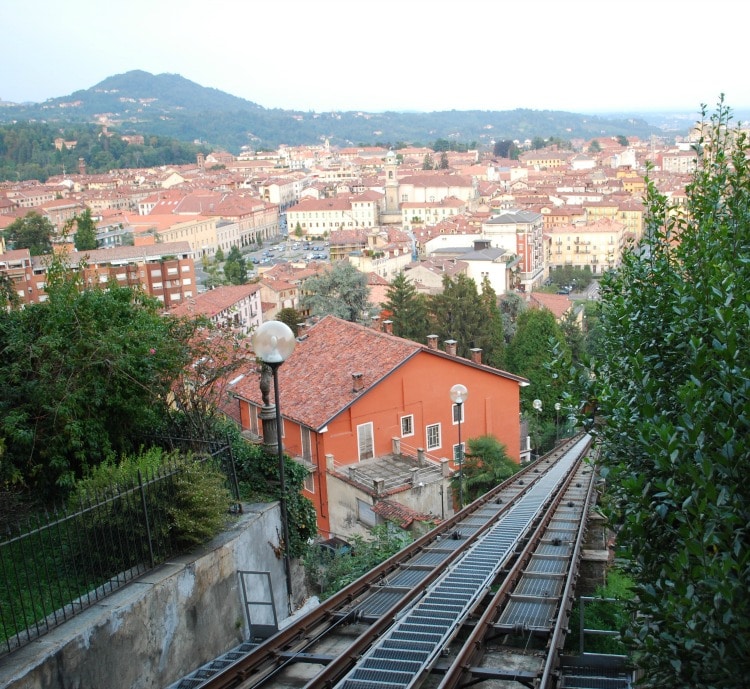
Exploring Biella
With fewer than 10,000 residents and a minimum of tourists, the town of Biella remains relatively untouched. Much of its charm lies in its walled, medieval village that’s accessible via a funicular. Beyond town, a winding road leads to the Sanctuary of Oropa, a 1600-year-old spiritual retreat. Designated a UNESCO World Heritage site in 2003 and often called the “sanctuary under the sky,” it sits high in the foothills above the town. Thousands of years ago, this mountainside location offered refuge and protection. Worthy of the many pilgrimages made to it, visitors still come for its peace and to view the famous “Black Madonna,” sculpted in the late 13th century.
This was home-base for much of the trip. Rooms were clean but sparse – more or less what you might expect in a sanctuary such as this. The solitude was tangible, except on weekends when the townspeople came to socialize over polenta and hot chocolate. “It’s a place where the human and divine meet, not only in the churches here but in the accommodations where people can stay,” said Don Michele Berchi, priest and rector of Oropa. “For many centuries, that’s why people came – to find a religious dimension for daily life.”
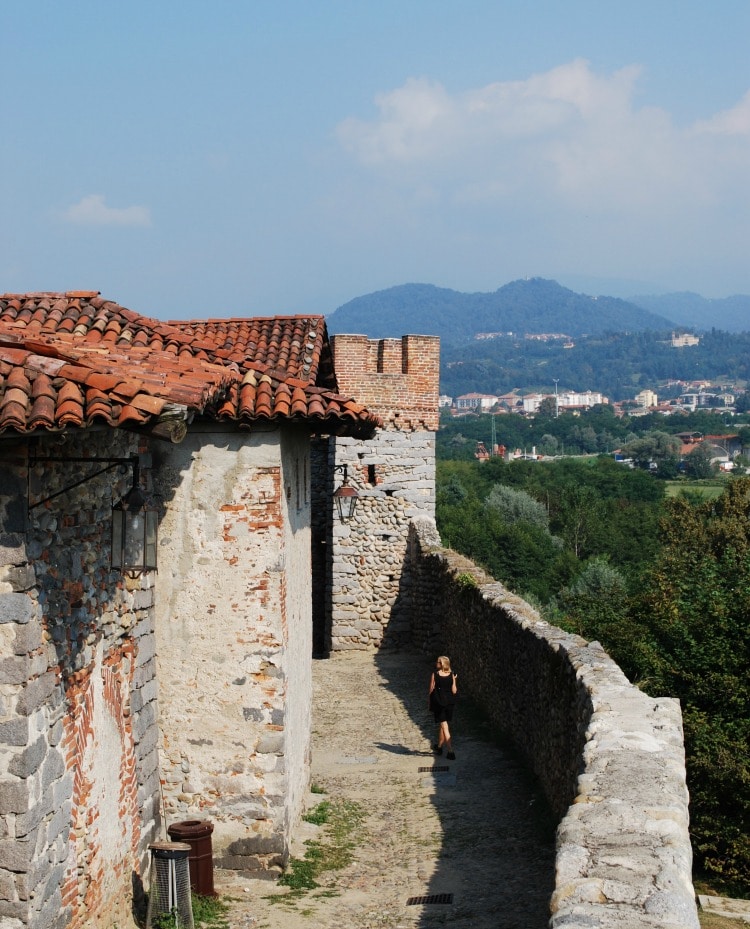
Ricetto of Candelo
Nearby, the medieval Ricetto of Candelo (roughly translated “storage area of Candelo”), stands as one of the most well-preserved ricettos in Italy, dating to the 13th century. Built of river stones and brick, history closed in around me as I strolled along the pentagonal walls that intersect the towers at the fort’s corners. A wedding was taking place in one of the courtyards, and I stopped to watch. Otherwise, this ancient place felt almost deserted. Cobblestone streets wound through the ricetto, and the close-set buildings that once stored grain on the top floors and wine in the cellars had been converted into shops for local artisans.
A bit off the beaten path, less touristy Turin and Biella delivered a refreshing change from Italy’s big cities. The entire Piedmont region was a fascinating mix of cuisine, culture and spirituality. Bordering both France and Switzerland with spectacular mountain scenery, I discovered that this corner of Italy satisfied the body, mind and spirit.
Resources:
www.italia.it/en/discover-italy/piedmont.html
www.turismotorino.org
Where to Stay:
Sanctuary of Oropa
+39 015 2555 1200
www.santuariodioropa.it/db/en/
What to See & Do:
Medieval Village
www.borgomedioevaletorino.it
Caffe Al Bicerin
bicerin.it/en

